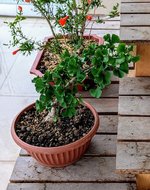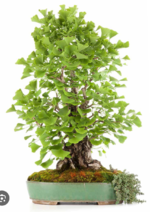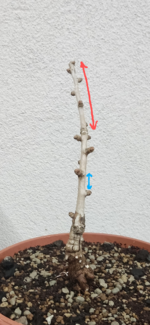TheRollercoaster
Seedling
I've had this little ginkgo for almost 2 years now and was thinking about starting to direct it towards the style I was aiming for it.
The style I would like to achieve flare/flame style, where you would have a solid large base with some branches starting from the lower part of the trunk. The second photo is my current inspiration and shows exactly what I'm talking about.
However it seems like it only wants to grow on the apical part, which is actually tending horizontally. I will probably wire it when the leafs are dropped next autumn.
So the question is:
Is there way to stimulate the back budding at the base of the trunk on a ginkgo and to enlarge the base/nebari?
The style I would like to achieve flare/flame style, where you would have a solid large base with some branches starting from the lower part of the trunk. The second photo is my current inspiration and shows exactly what I'm talking about.
However it seems like it only wants to grow on the apical part, which is actually tending horizontally. I will probably wire it when the leafs are dropped next autumn.
So the question is:
Is there way to stimulate the back budding at the base of the trunk on a ginkgo and to enlarge the base/nebari?



